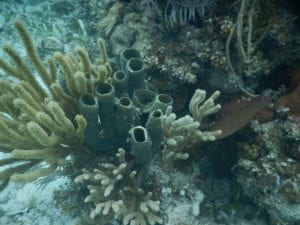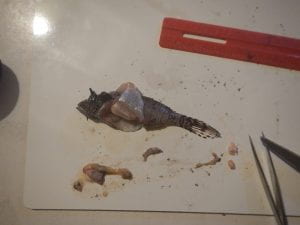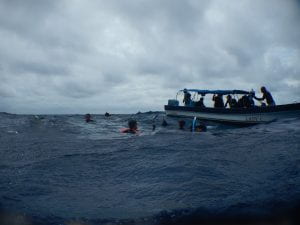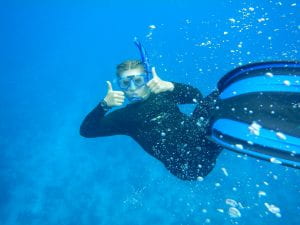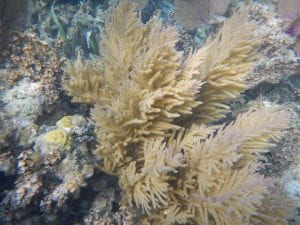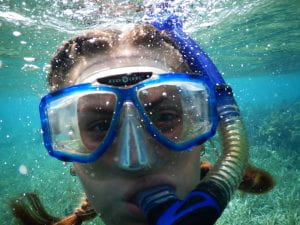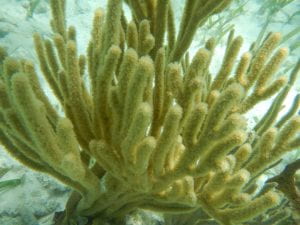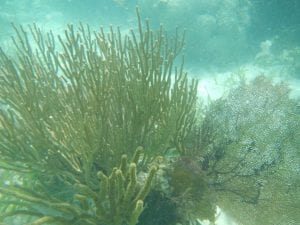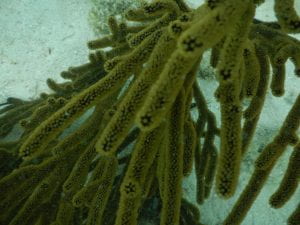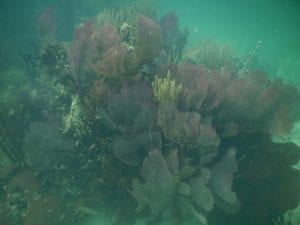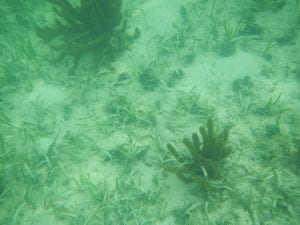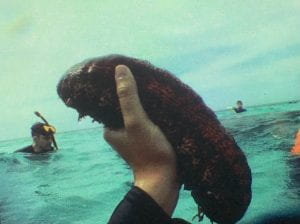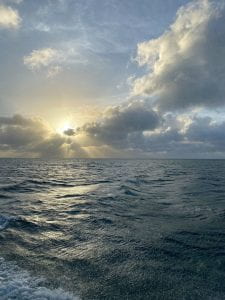The tropical rainforest and the coral reef are two of the most biologically diverse ecosystems on earth. What similarities exist between these two ecosystems, and how might these similarities relate to high levels of biological diversity? What personal observations have you made about the similarities and differences between these two ecosystems? How did the course compare with your expectations? What were your favorite—and least favorite—parts of the course? Describe three things that you learned in the course that you consider to be the most important or surprising (i.e., what did you
It seems so weird that just a couple of days ago we were in Belize and now I’m back home in my bed writing this reflection (with air conditioning).
The tropical rainforest and coral reefs have so much biodiversity, and there is still so much we have to learn and discover about these ecosystems. I knew before that there were large numbers of species that hadn’t been identified yet in the rainforest as well as coral reefs, but nothing compared to seeing this for myself. The amount of flora and fauna in the rainforest is crazy, and there were definitely things that we saw such as beetles and even ants that Scott or our guidebooks couldn’t identify. In our hurricane gap project as well as our To Pee or Not to Pee project, we separated our findings into morphospecies and the number of species we had for both projects was extremely large (so large it took us 5 hours to separate the morphospecies from the pee traps). Both ecosystems also are nutrient poor, but they overcome this by finding nutrients in their own inhabitants. Nutrient cycling takes place by decomposers or in coral reefs, by corals and sponges. Another similarity is how both ecosystems are not only threatened by natural dangers such as the changing environment but also direct human threats such as poaching and use/harvesting of land and resources by other countries like Guatemala and Honduras.
I went into this class not really knowing what to expect, as many of the other now TFBs will say as well. I was definitely nervous the day we left Rice to fly to Belize. I was worried I wouldn’t be able to keep up with the class, or I would discover I wasn’t cut out for the TFB lifestyle. However, I discovered that the TFB lifestyle is amazing and I am more than capable of completing long hikes and swims in tropical environments. I can even hold snakes and swim after sharks because I’m not afraid of them anymore. Seeing these creatures in the wild is way different than seeing a picture online, and you can truly appreciate how amazing they actually are.
One of the last days in Belize, Scott asked some of us what our favorite moment of the trip was, but having to choose one is just too hard. One of my favorites from Las Cuevas had to be the last night there where we all gathered around a laptop to look at the camera trap pictures, and we first saw a tapir picture and the second the picture changed there was a gorgeous shot of a jaguar and we all flipped out and were screaming. At Glover’s I really loved the sea urchin day, because I got to hold a ton of adorable sea urchin, including my favorite thing ever, a sea egg (yes sea urchin can be adorable).
It’s hard to say something out of this trip wasn’t great, but I guess my least favorite moment was having to endure getting a ton of mosquito bites at Glover’s. However, I was having so much fun that I wasn’t about to let bug bites get in my way.
Before this trip, I was still on the edge about what my major would be and what I wanted to do with my life, and it might sound cheesy but this class solidified that my passion is biology and I want to work on helping and studying the environment. I also met some wonderful people on this trip, and I wasn’t expecting to come back with so many people I can call close friends. We all seemed so different but were connected by our love for the environment and desire to make a difference through studying it. I feel really lucky to have met everyone and shared this experience. Finally, I realized how much I want to do to make a difference in the environment even just at home. I would always tell myself I would try and cut down on my waste, but I never stuck with it. After seeing marine debris attached to a nurse shark, and having to pick up trash off a remote island that I could never imagine having debris, I feel like not only cutting back on my waste but also educating others about the effects and of marine debris and how we can help cut back.
This trip to Belize has literally been one of the most important experiences in my life so far, and I know I will always look back and remember the things I learned and experiences I had. 






